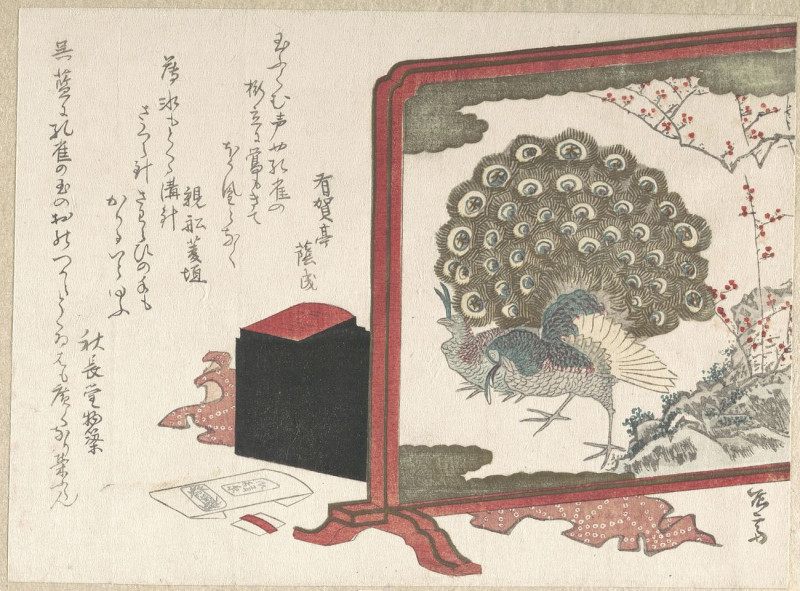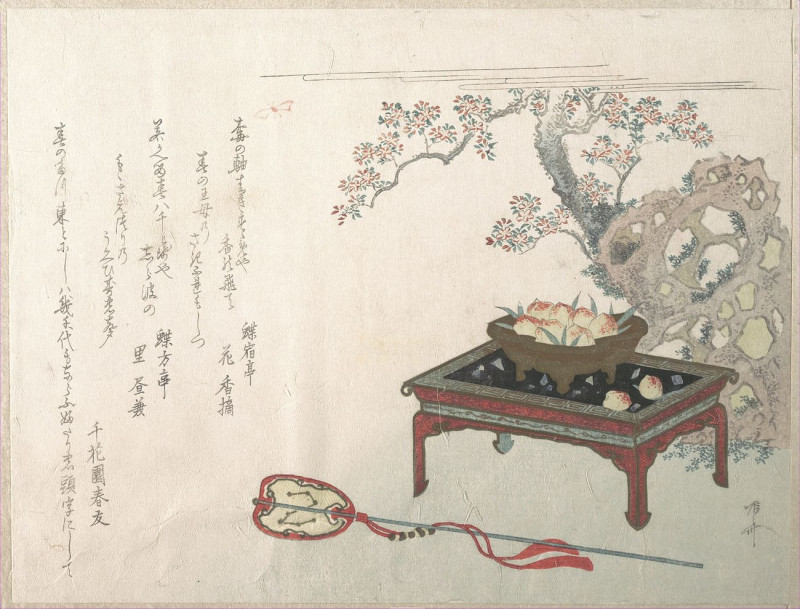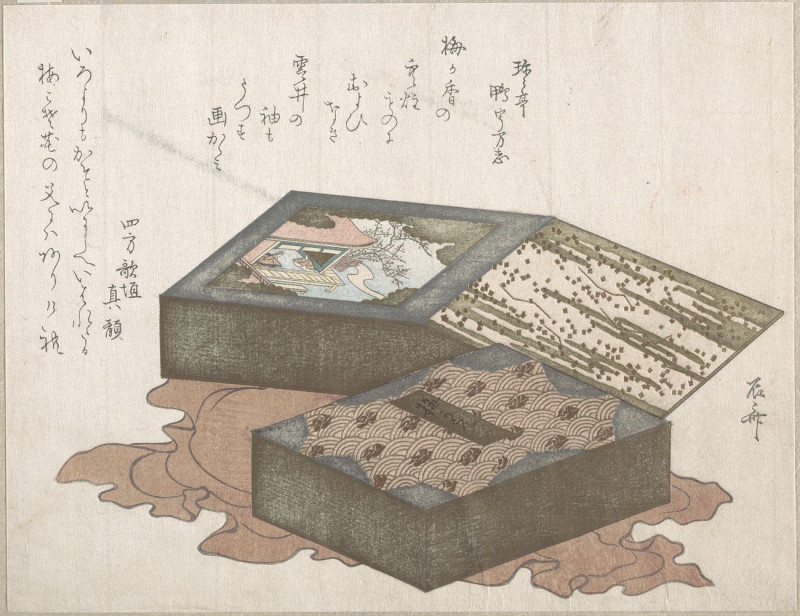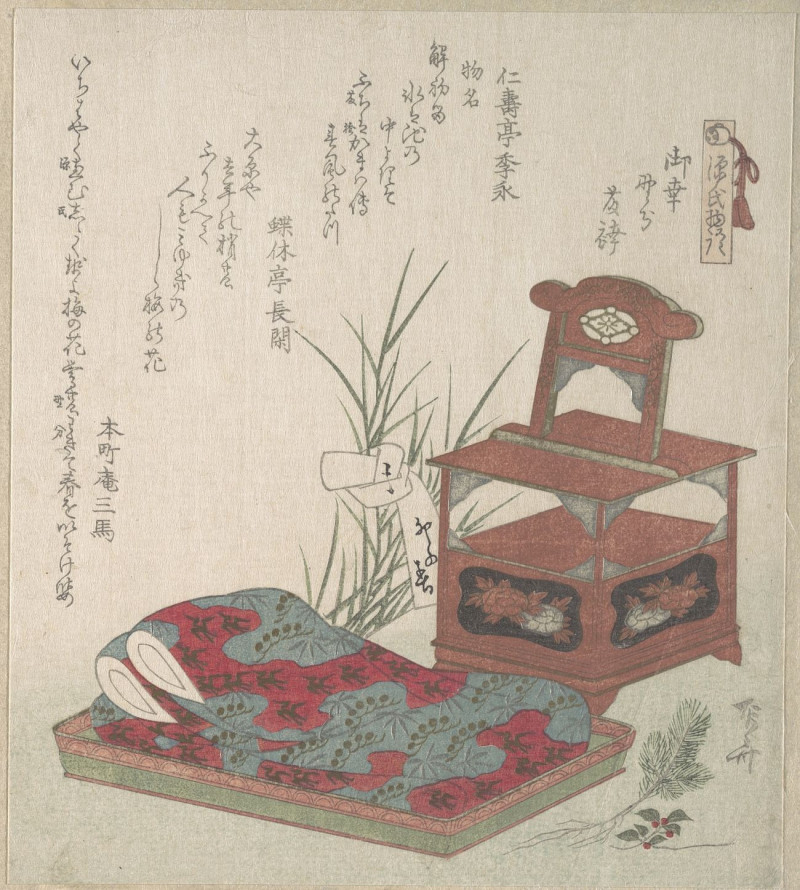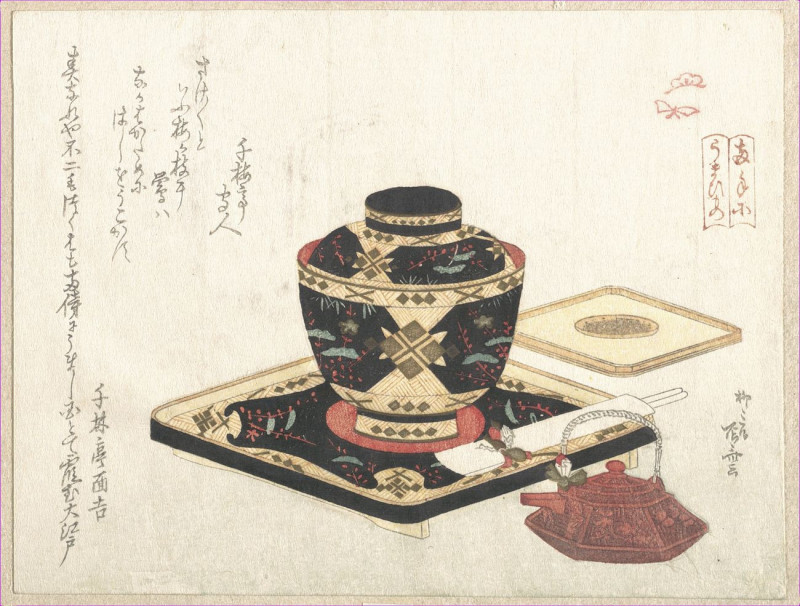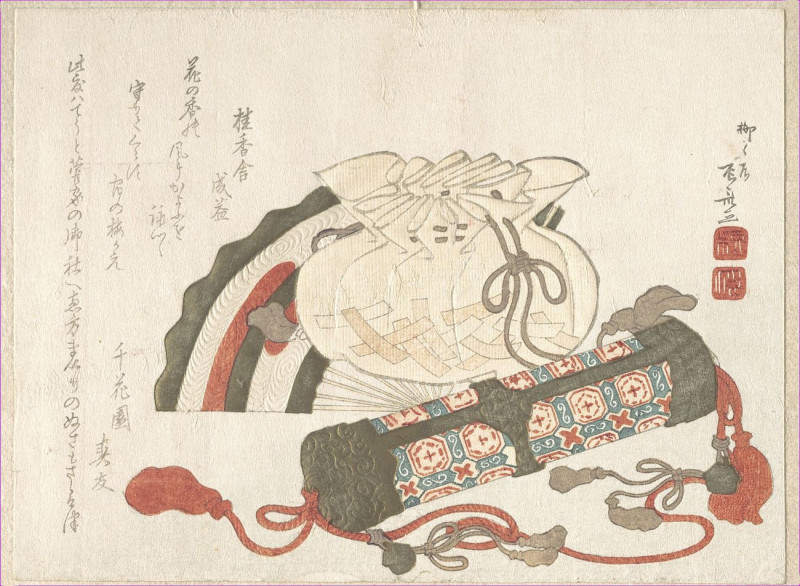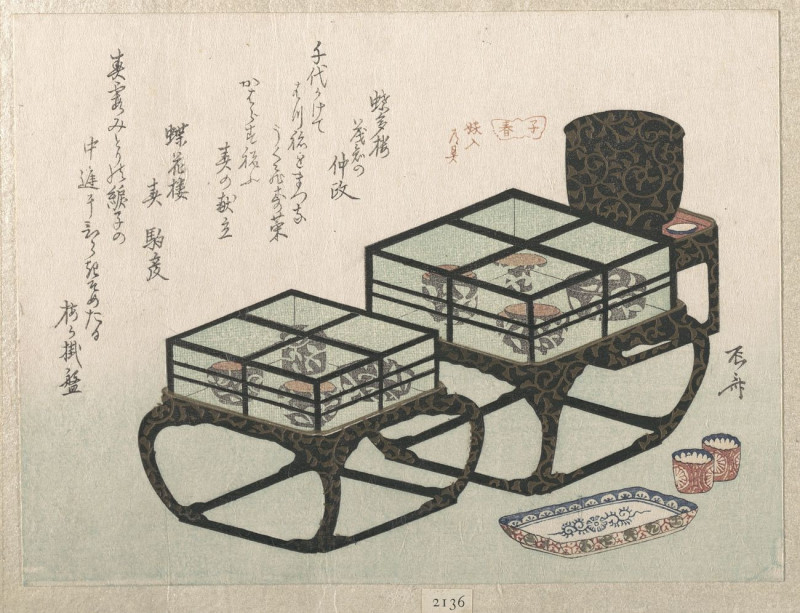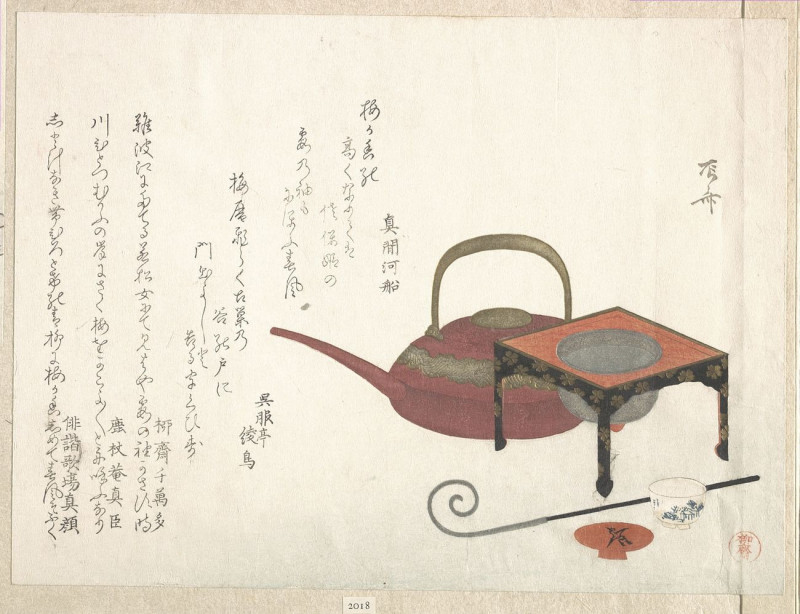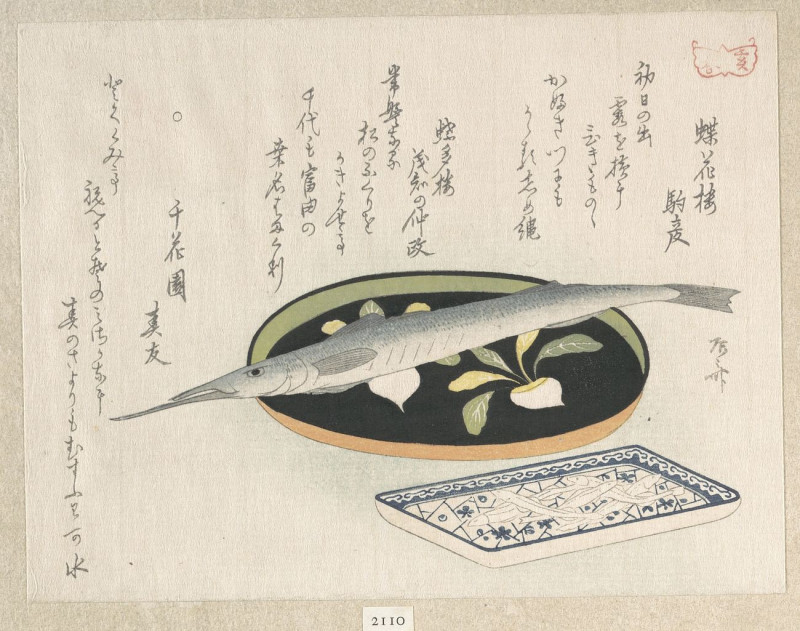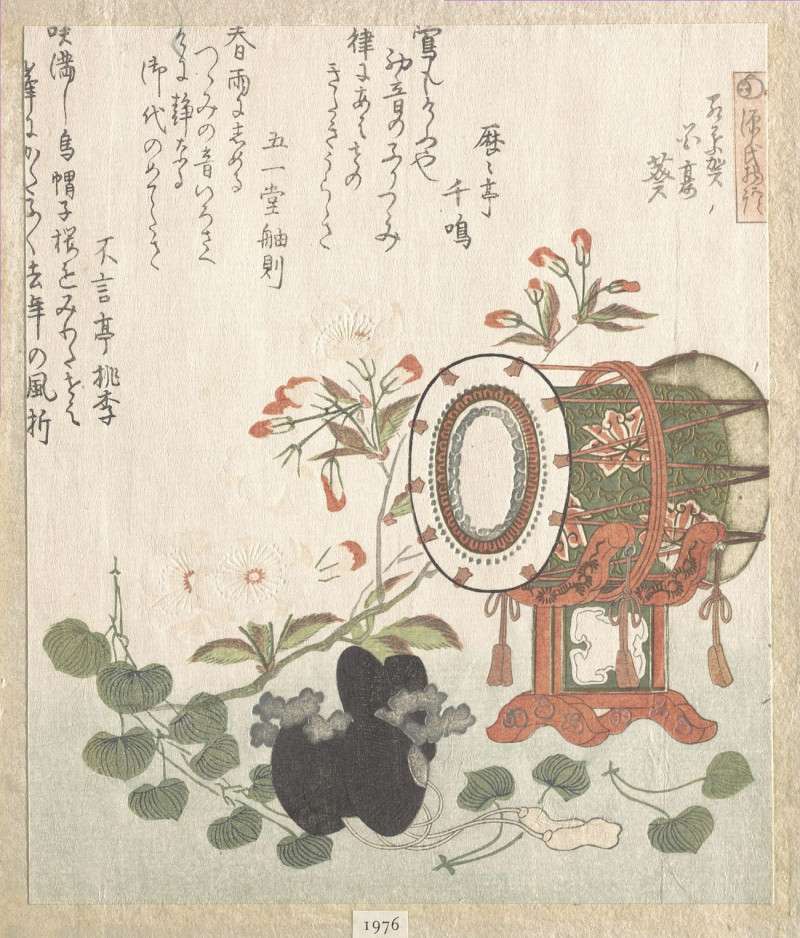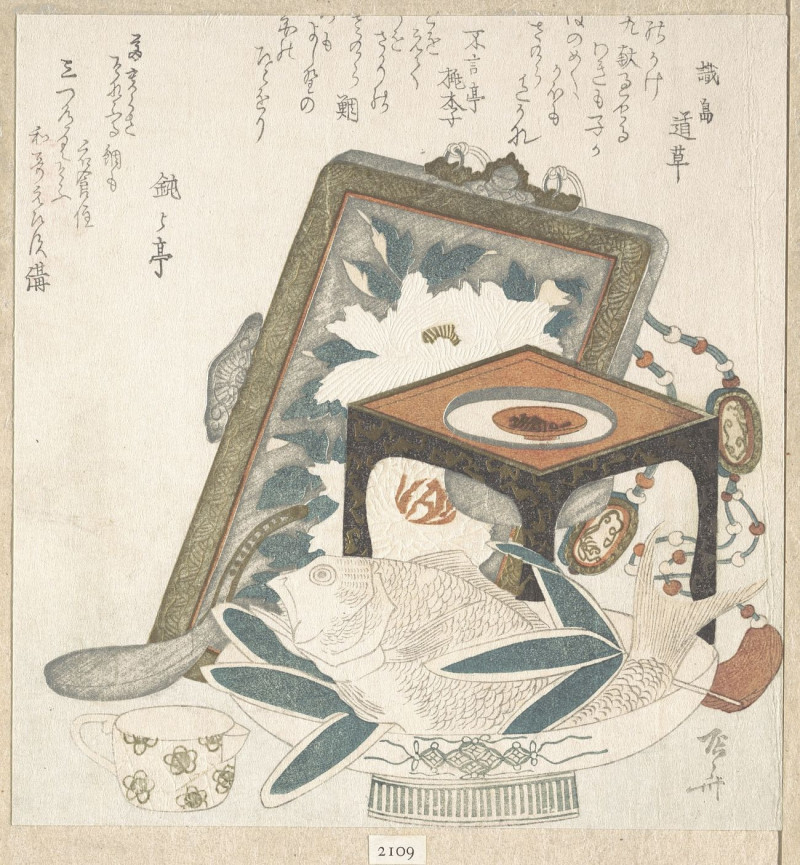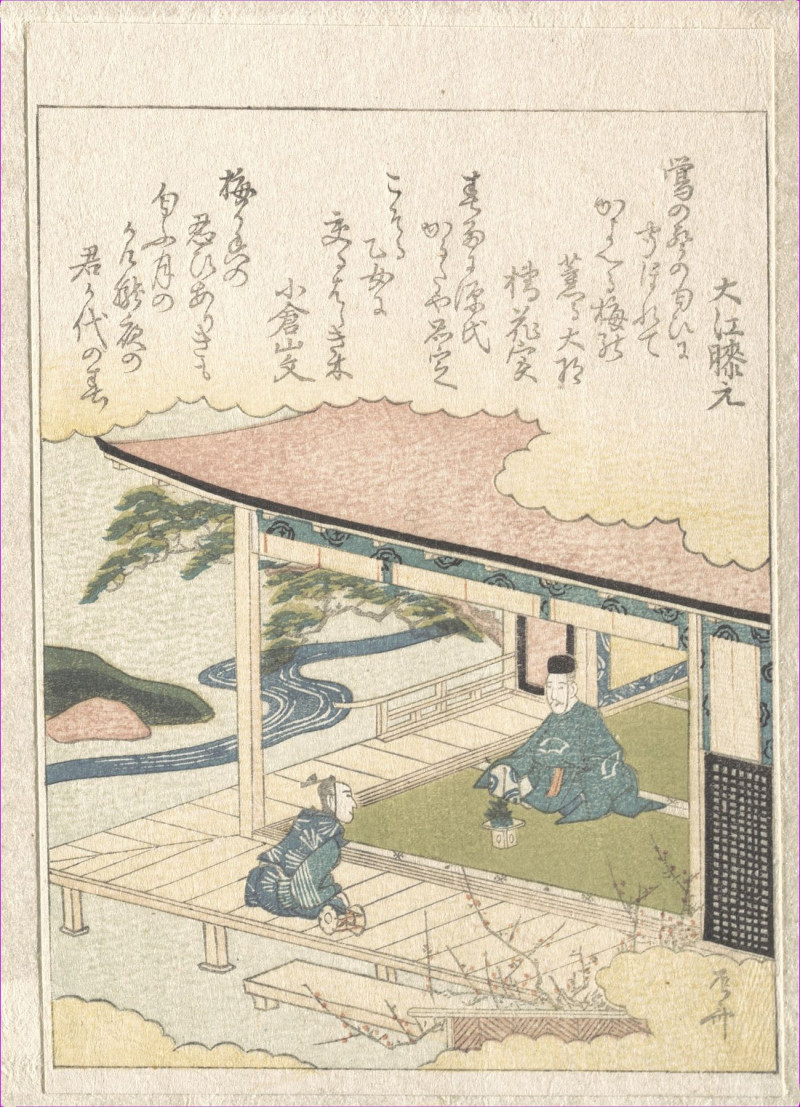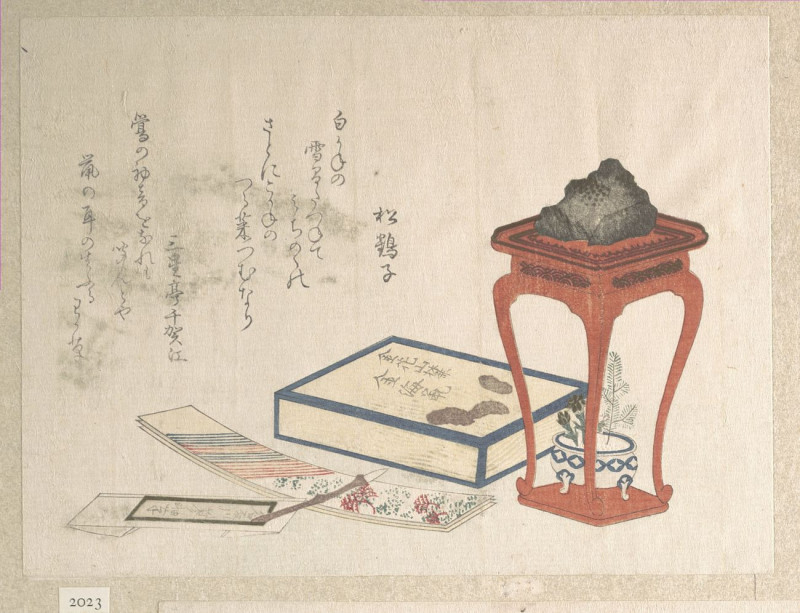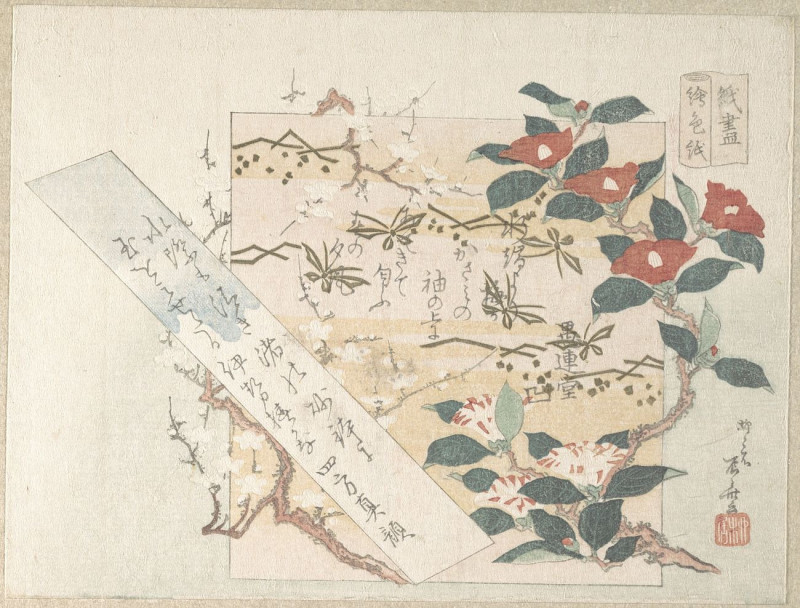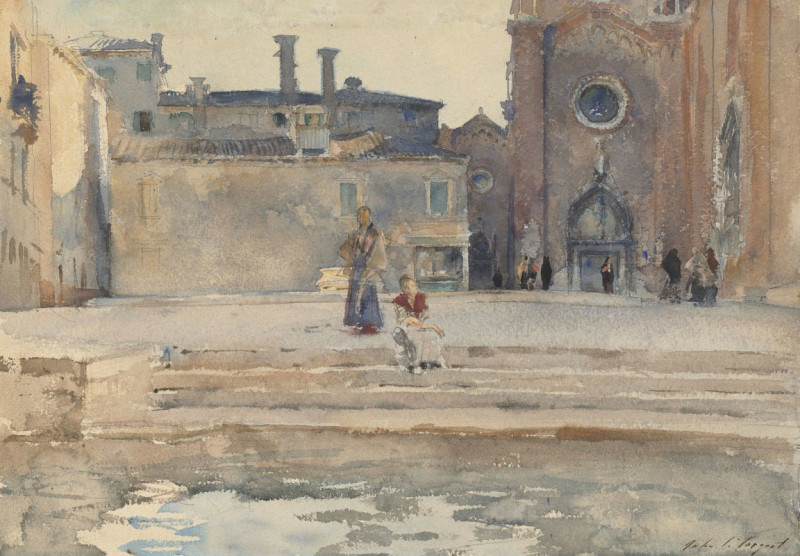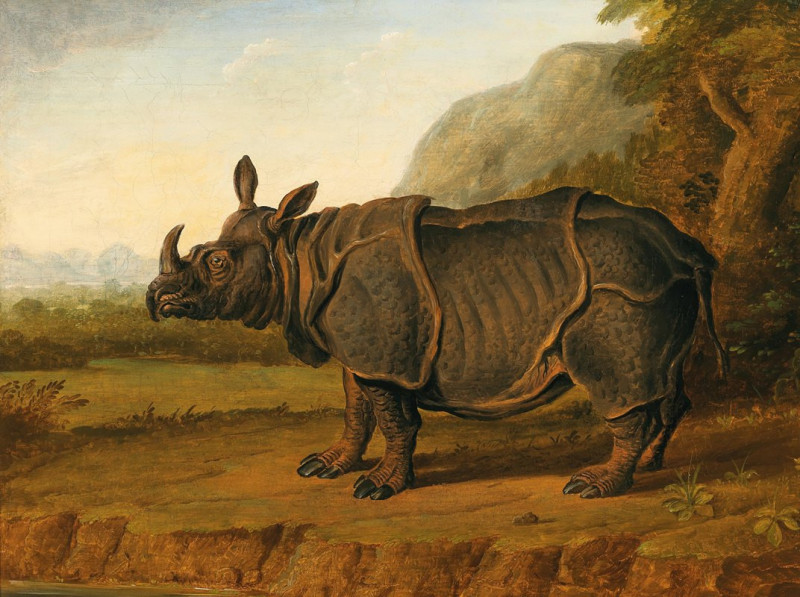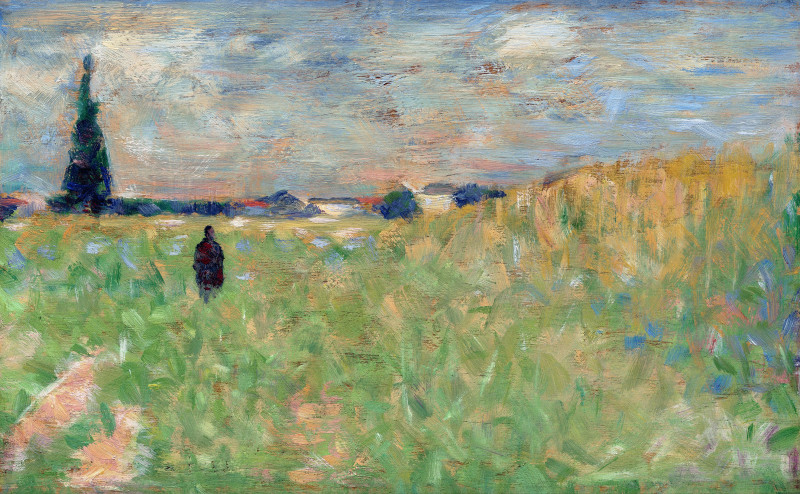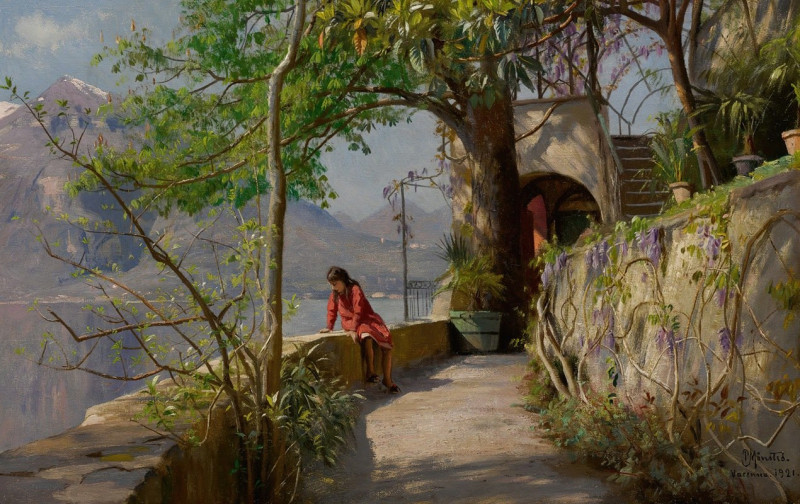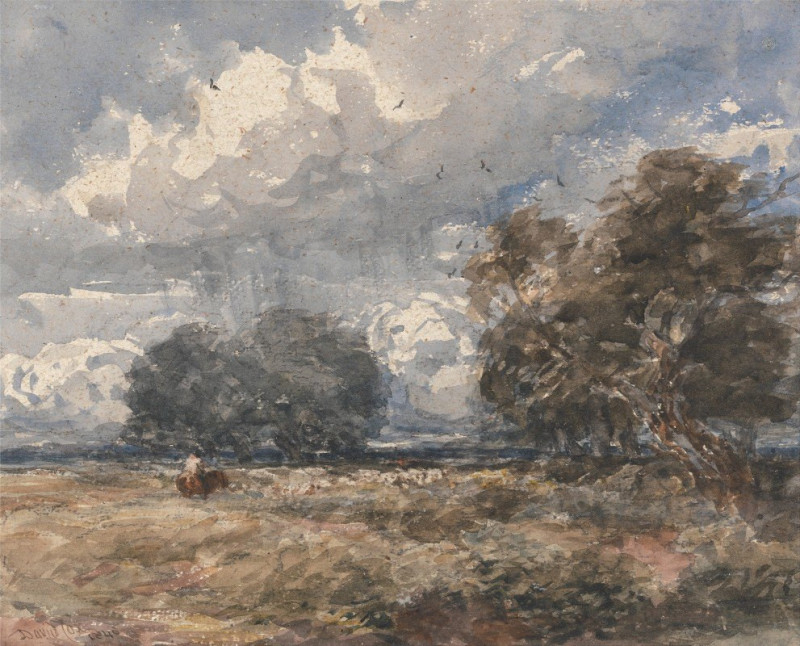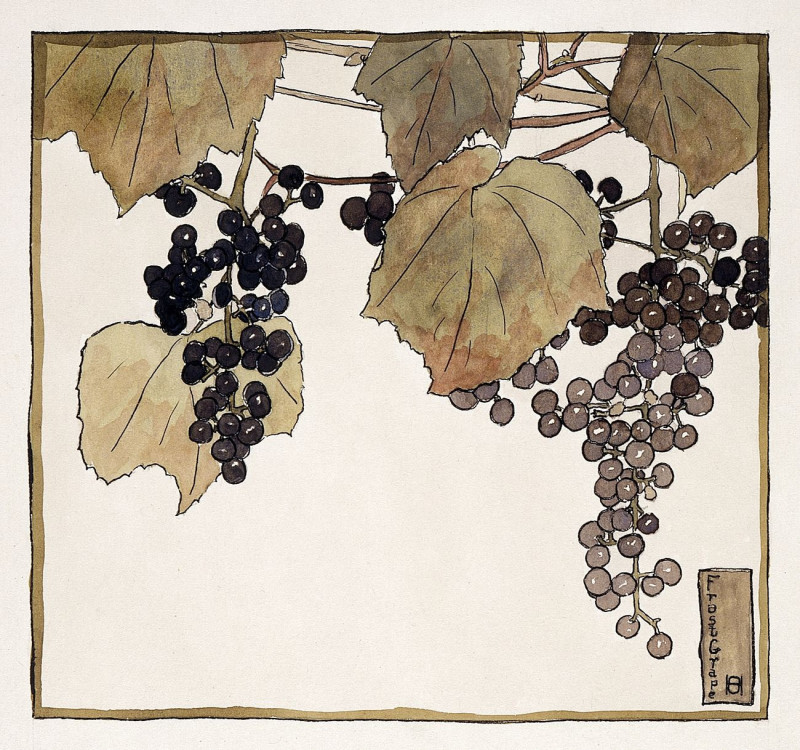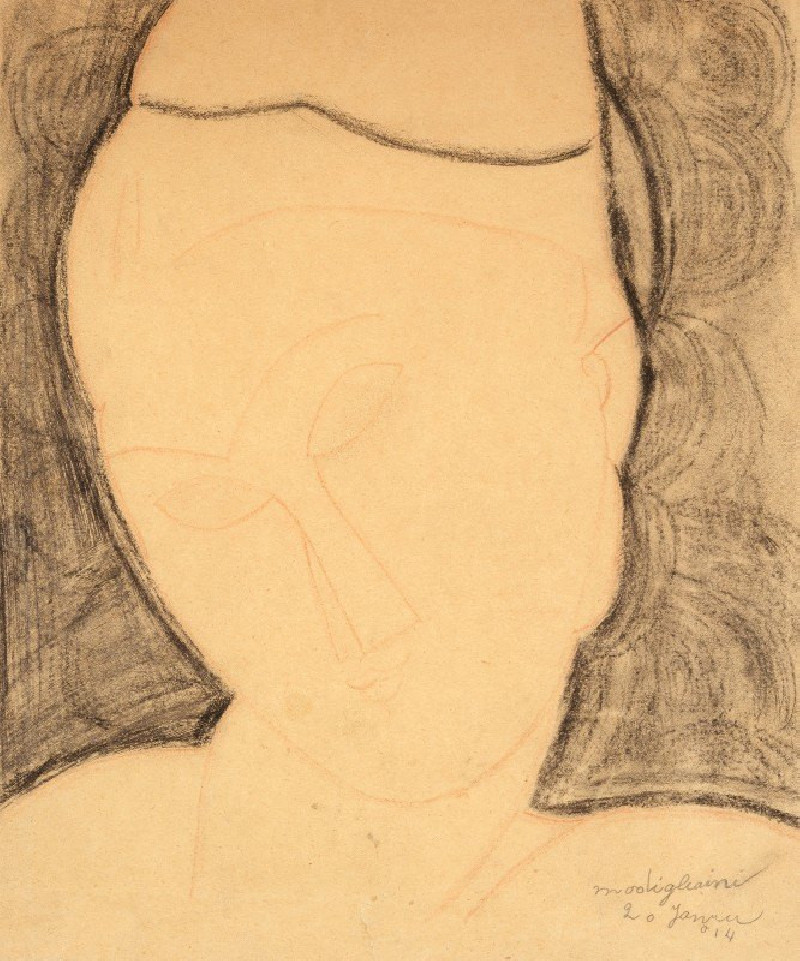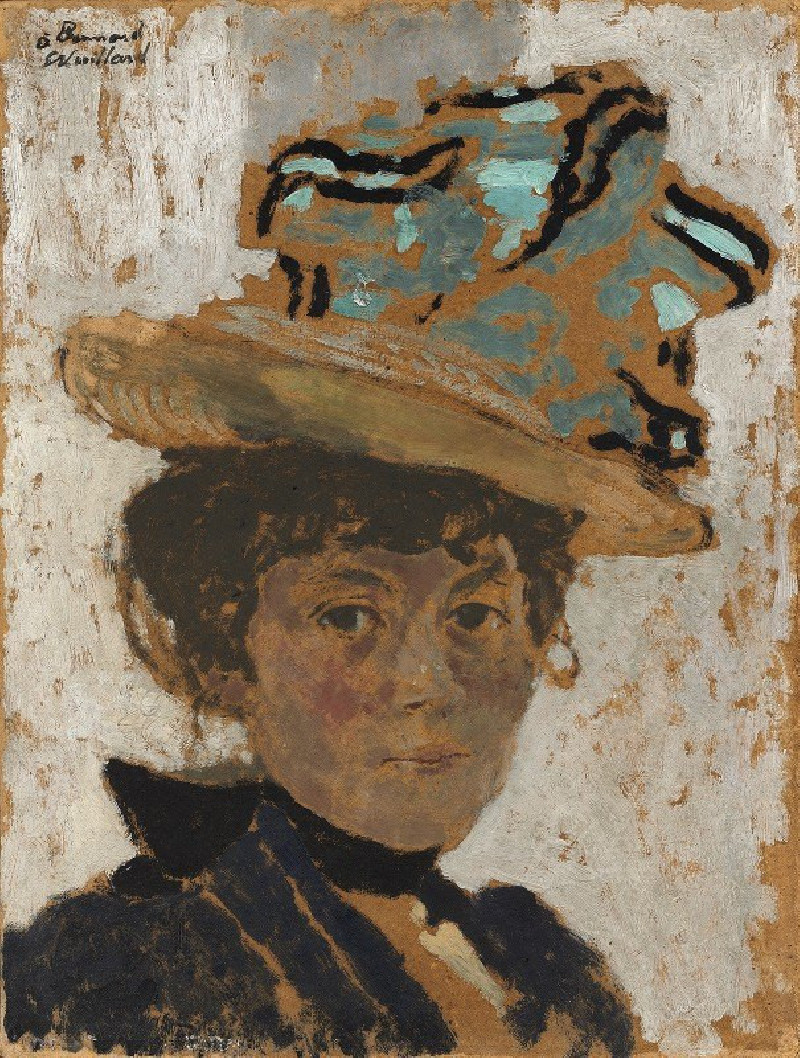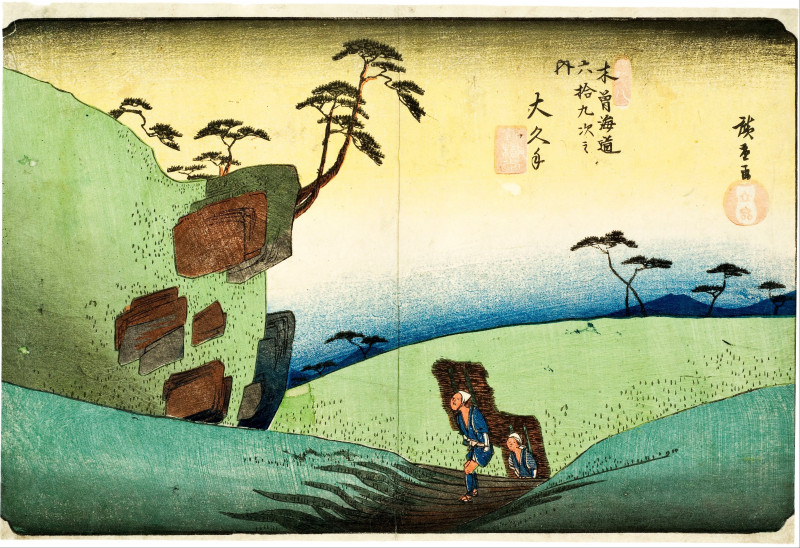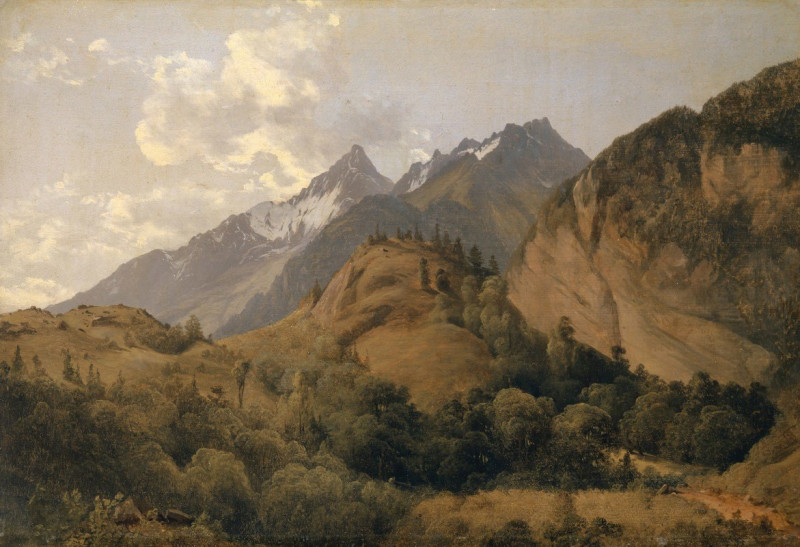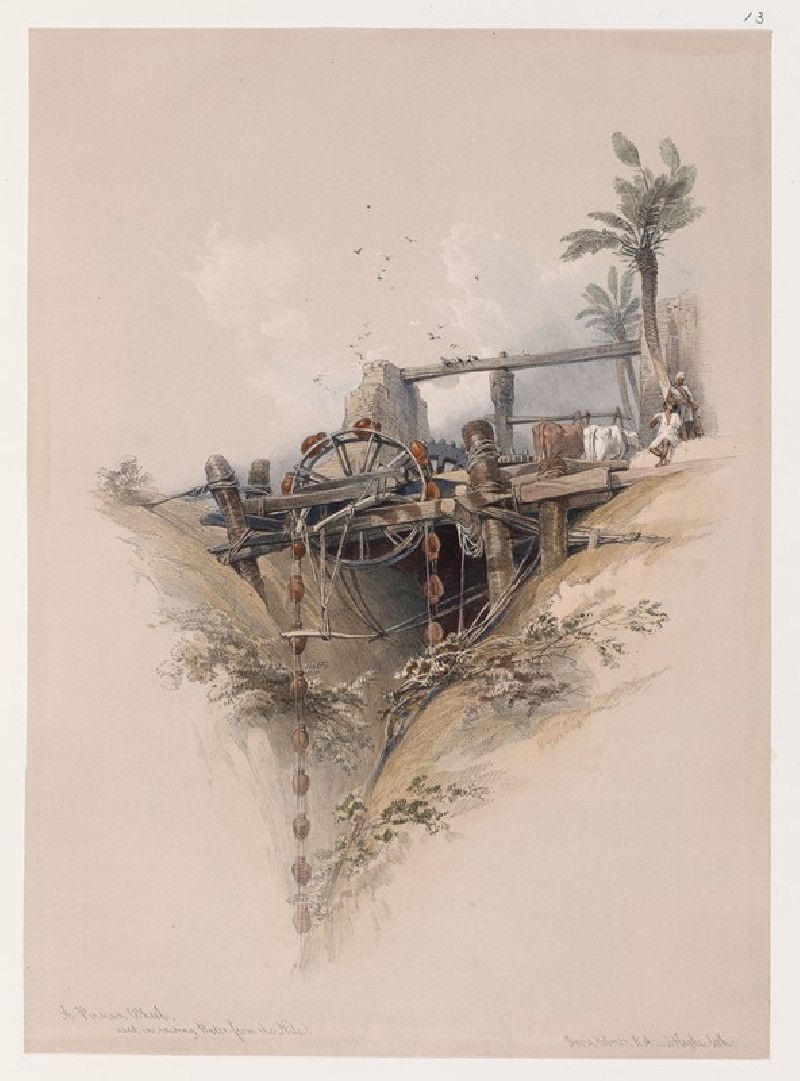Crabs And Lotus Blossoms
Technique: Giclée quality print
Recommended by our customers
More about this artwork
This painting by Ryūryūkyo Shinsai, titled "Crabs and Lotus Blossoms," beautifully captures the serene and delicate interplay between elements of Japanese nature and art. The artwork depicts two crabs with impressive detail and naturalistic coloring. One crab is larger and seems to be in the foreground while the other, slightly smaller, appears just behind it. Both crabs are drawn with considerable attention to the texture and segmentation of their shells and limbs, demonstrating Shinsai's skill in rendering forms realistically yet with artistic flair.Additionally, interspersed around the crabs are lotus blossoms and leaves. The lotus elements are more subtly colored, with gentle shades of green and hints of pink, likely representing the lotus in different stages of bloom and growth. These are often symbols of purity and rebirth in Eastern cultures, providing a symbolic backdrop to the depiction of crabs which might be seen as creatures of resilience and adaptation.The use of space and composition in the painting creates a balanced and harmonious scene, with the natural elements complementing each other. On the left side of the painting, there is a substantial amount of text in Japanese, presumably providing poetic or literary context to the artwork, which is a characteristic approach in many traditional East Asian art pieces to unite poetry and visual art. The artist's signature and seal are also visible on the painting, marking its authenticity and artistic identity.
Delivery
Returns
Collection of woodblock prints and illustrations from 18th century Japanese master Ryūryūkyo Shinsai (1750 - 1835). Shinsai, one of the most celebrated artists from the Edo period, is known for his masterful use of color and composition in his surimono woodblock prints. He depicted the daily lives of common people and the red-light district of Edo (modern-day Tokyo). He was one of the most celebrated surimono artists of his time and was a student of famed Japanese master Katsushika Hokusai.


